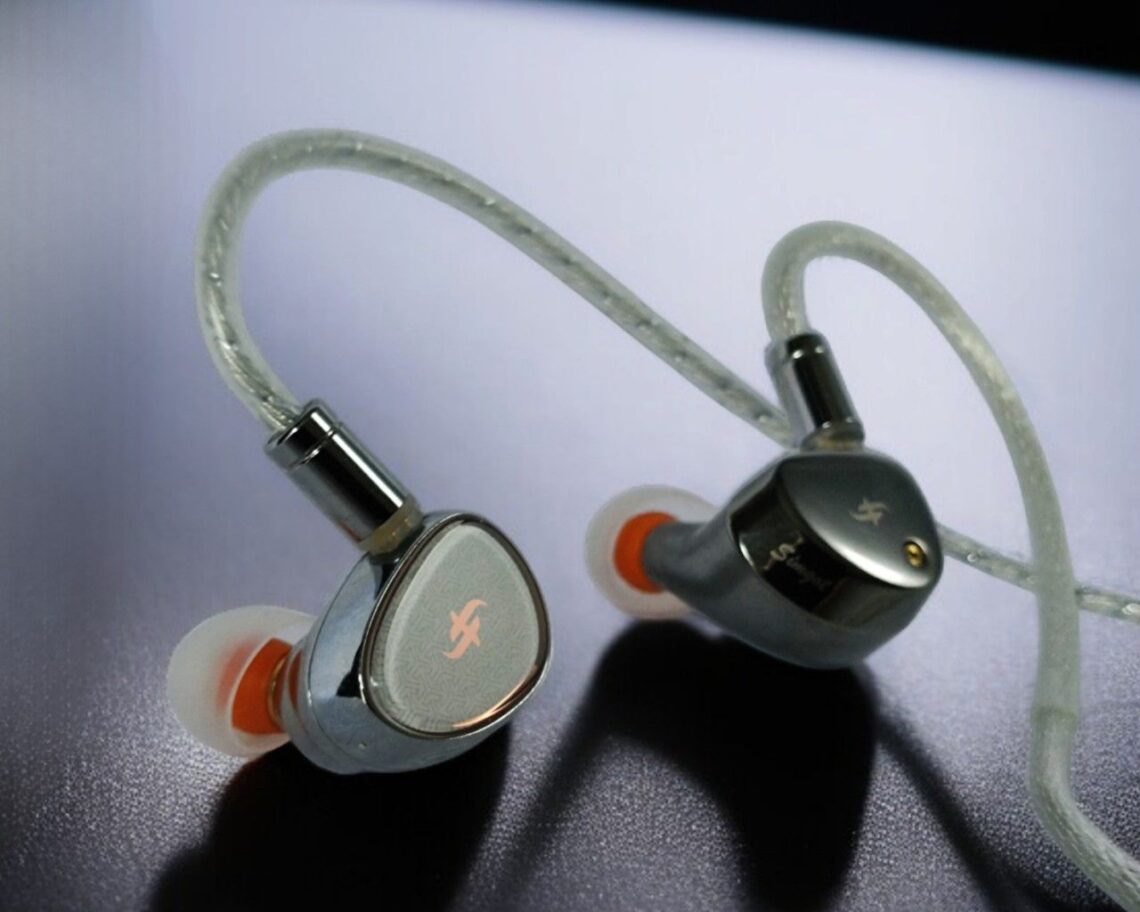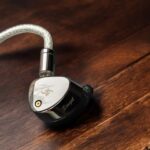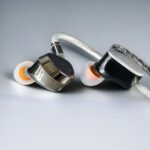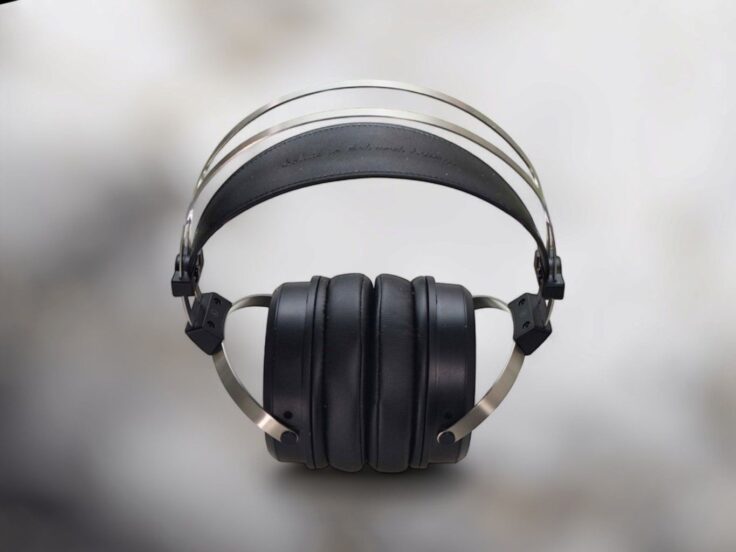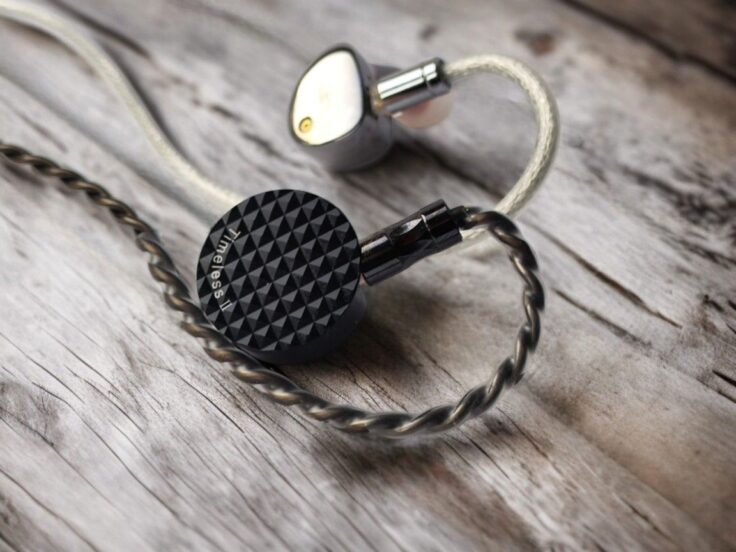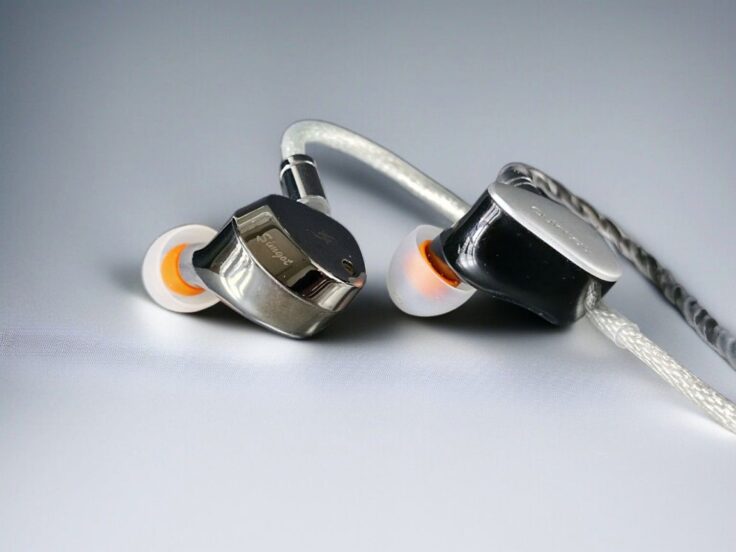This is a comparison between the ET142 and EA1000 IEMs, both from Simgot. Each comes with interchangeable nozzles—three for the EA1000 and four for the ET142. I’ve already covered the differences between the three nozzle types that came with the EA1000 in my EA1000 review, where I found the golden nozzles to sound the most neutral and they became my preferred set. For this review, I’ll keep the EA1000 with the golden brass nozzles mounted throughout, while comparing it to the ET142, using all four of its nozzle types.
My full ET142 review can be found here: Simgot ET142 Review .
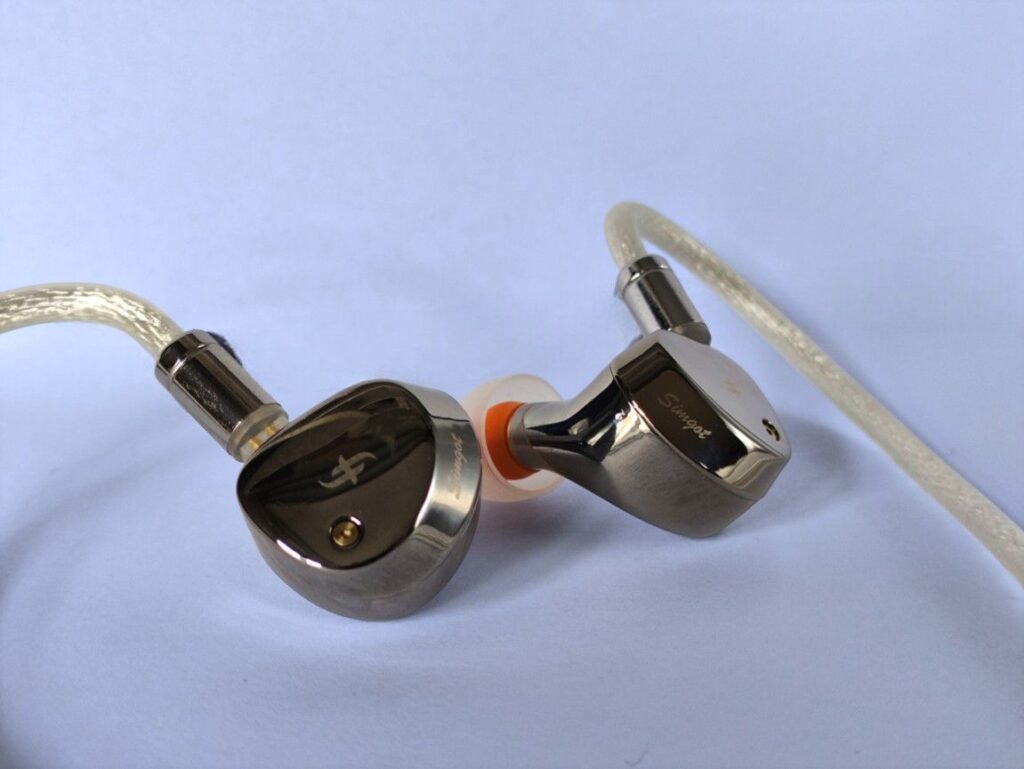
SIMGOT ET142 SPECIFICATIONS
- Drivers: 1 x 12.5mm planar magnetic driver + 1 x multi-layer piezoelectric ceramic driver
- Impedance: 14Ω ±15% (@1kHz)
- Sensitivity: 118dB/Vrms (@1kHz)
- Frequency Response: 8Hz–40kHz
- Cable: 732-core mixed oxygen-free copper & silver-plated Litz
- Connectors on earphones: 0.78mm 2-pin
- Cable termination: Interchangeable 3.5mm single-ended & 4.4mm balanced
- In the box: IEM, cable with plugs, storage box, 9 pairs of ear tips of various types in various sizes, and and 4 pairs of tuning nozzles, two come on a metal storage disk.
Check current price and availability here:
- Linsoul: Simgot ET142
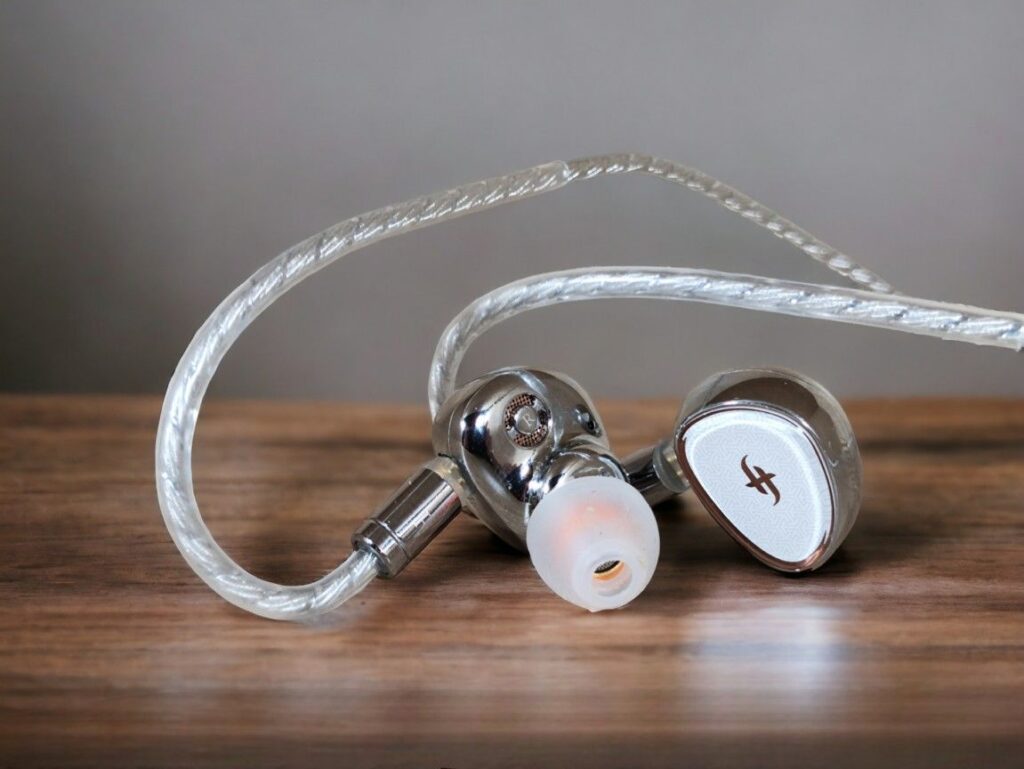
SIMGOT EA1000 SPECIFICATIONS
- Driver: 10mm Dual-Magnetic & Dual-Cavity Dynamic Driver
- 6mmPassive Radiator
- Diaphragm: Multi-Layer Sputter Deposition Purple-Gold Diaphragm
- Impedance: 16 Ohms ±15% (@1kHz)
- Sensitivity: 127 dB/Vrms (@1kHz)
- Frequency Response: 10Hz-50kHz
- Effective Frequency Response: 20Hz-20kHz
- Detachable Cable: 120 cm Silver-Plated OFC Litz Cable
- Earphones connector: 0.78mm 2 pin
- Cable termination: 3.5mm
- 3 pairs of tuning nozzles included
Check current price and availability here:
- Linsoul: Simgot EA1000
- Amazon: Simgot EA1000
BUILD AND COMFORT
Both the EA1000 and ET142 are metal-built but differ in design. The EA1000 has a decorative faceplate, while the ET142 has a shiny metal finish. The EA1000 is smaller and significantly lighter, though both are comfortable.
The ET142 has a thicker cable, while the EA1000’s is more practical due to its flexibility. Both come with interchangeable nozzles—three for the EA1000 and four for the ET142. They also share the same elegant silver faux leather storage box with a magnetic lock.
LISTENING IMPRESSIONS
In this review I will keep the golden brass nozzles mounted on the EA1000 throughout the entire review, while I test out all the four pairs of nozzles with the ET142.
As mentioned, I’ve covered the difference between the EA1000 nozzles in my separate EA1000 review.
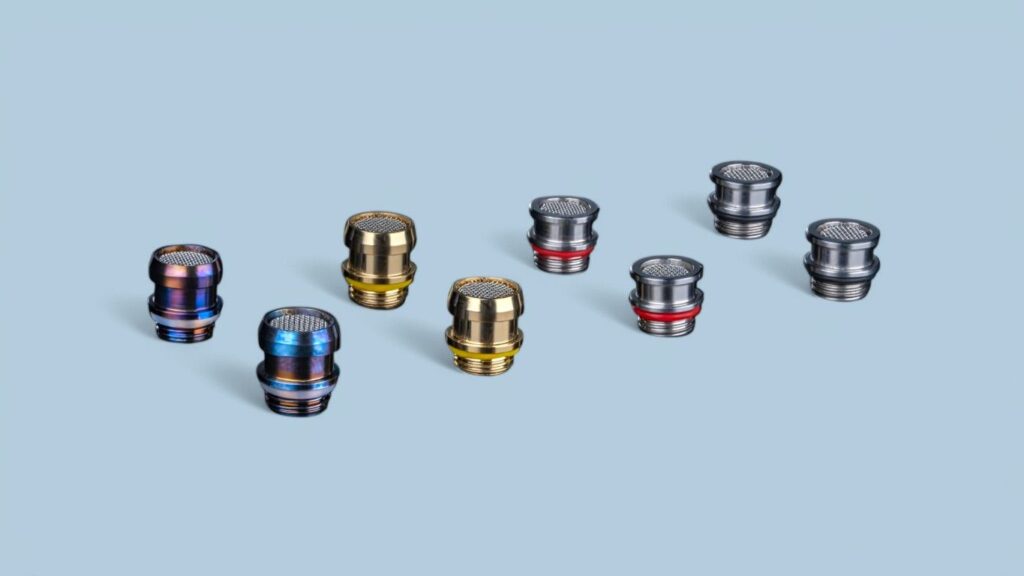
LONG NOZZLES
The ET142’s two pairs of long nozzles look identical except for the color—blazed blue and golden. They are also made from different metals—titanium and brass. Both types are empty tubes with mesh at the tip of the nozzle.
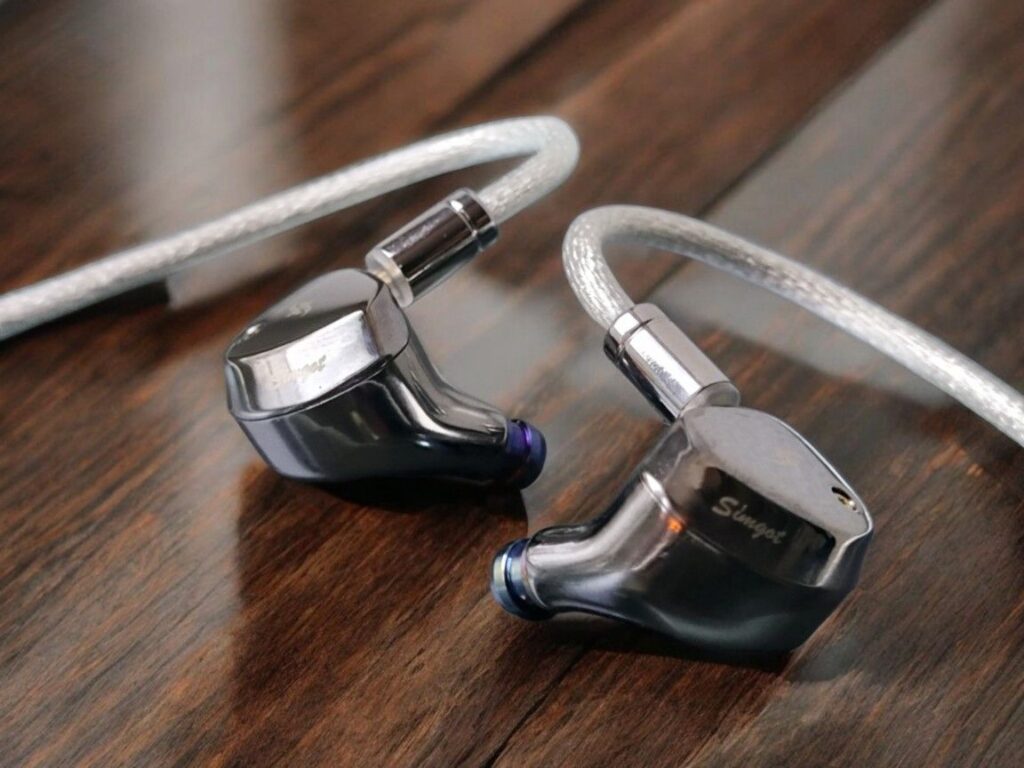
BLAZED TITANIUM NOZZLES
According to Simgot, the ET142’s blazed titanium nozzles give “extended treble and airiness for classical and instrumental focus.”
TRACK BY TRACK IMPRESSIONS
Below are my impressions comparing the ET142 with the blazed titanium nozzles to the EA1000 (which has the golden nozzles mounted throughout this review).
Escape Route by Boris Blank
They’re pretty different. The ET142 has more bass and treble. It feels more detailed with better precision, but the EA1000 is not too far behind and is more balanced.
It Could Be Sweet by Portishead
The ET142 has more and better bass, crisper and cleaner treble, and better detail reproduction. However, the EA1000 brings the vocals more upfront.
Bored by Deftones
They’re different but equally good. The ET142 is slightly crisper, though the difference is quite small on this track.
SOS by Tingvall Trio
This jazz track sounds spectacular with the ET142: pronounced bass, crisp and clear midrange and treble, fantastic imaging, and great separation. It delivers cleaner, more detailed treble and bass with better texture than the EA1000, which has less bass and sounds busier.
Eye of the Day by Marta del Grandi
With the ET142, the bass is quite massive. It’s defined and textured but I find it too dominating. The vocals are beautifully clean, and the treble is clear and articulate. Although not as detailed, I find the EA1000 to be better overall, though: the bass isn’t overpowering, and the track sounds more balanced.
Spring 0 and 1 Vivaldi Recomposed by Max Richter
They both sound really beautiful with this wonderful piece of music. The EA1000 has a warmer mid-range, the ET142 has cleaner highs.
Mahler’s Symphony No 2 III by Paavo Järvi
With the ET142, the kettledrums sound huge, with great detail and depth. The strings are silky yet retain good texture. There is excellent sense of spaciousness and great imaging, with particularly impressive image depth. The dynamics are also outstanding.
That said, I could describe the EA1000 in similar terms. While it’s not as hyper-detailed in every aspect, it doesn’t feel lacking. It comes across as very coherent and well-balanced.
Limit to Your Love by James Blake
The ET142 delivers impressive bass quality, but also too much quantity. Everything else is clear and clean, but the bass feels overwhelming here. The EA1000 also offers excellent bass quality, though it’s not quite as impressive as the ET142. However, the bass quantity is more controlled, and the overall frequency response is well-balanced.
CONCLUSION EA1000 vs ET142 WITH BLAZED TITANIUM NOZZLES
With the blazed titanium nozzles, the ET142 has a V-shaped frequency response with elevated treble and bass. It is very clean, with outstanding treble and bass quality. Dynamics are great, imaging is excellent, and the soundstage is large. However, the EA1000 is not far behind. While still performing well in all these aspects, it is definitely more balanced and feels more coherent overall.
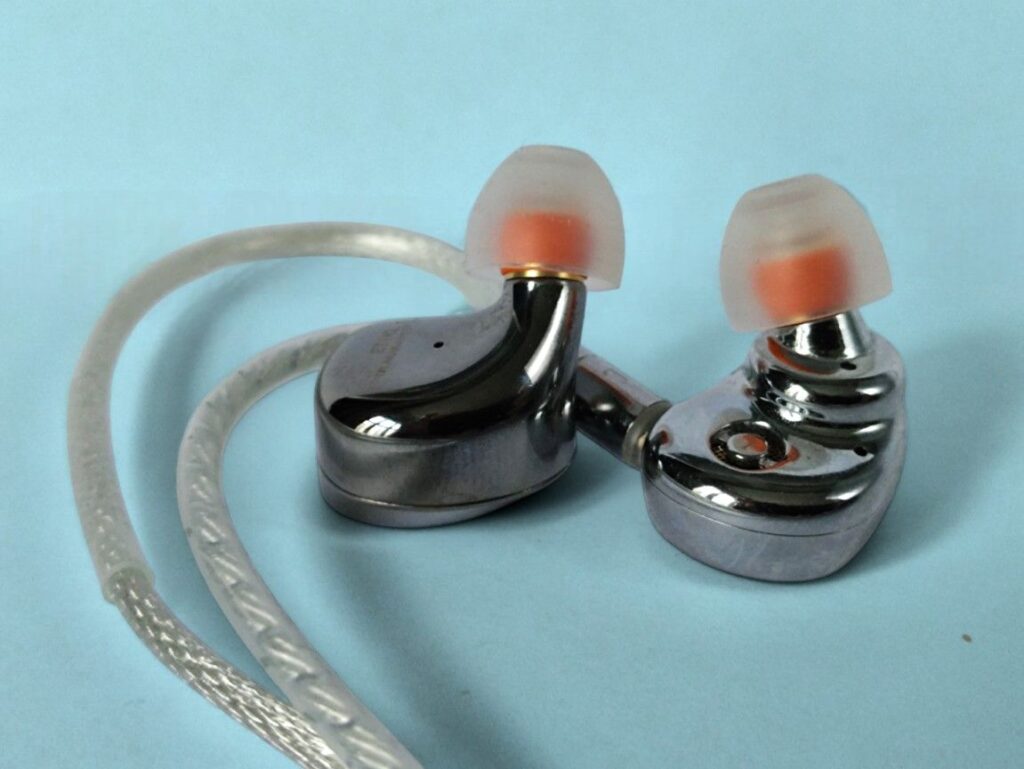
GOLDEN BRASS NOZZLES
According to Simgot, the gold-plated copper nozzle gives a “warm and balanced tuning, perfect for versatile listening.”
As mentioned, ET142’s golden brass nozzles are visually identical to the blazed titanium nozzles, except for the colour/finish. They have the same shape and there is nothing inside them, except for the mesh at the tip. I cannot say whether the mesh is different on the two types of nozzles.
I compare the ET142 with golden brass nozzles to the EA1000 while going through my playlist, and the difference is essentially the same as with the blazed titanium nozzles. The ET142 may sound ever so slightly less bright, but that’s about it.
SHORT NOZZLES
The ET142 comes with two pairs of short steel nozzles that look identical except for the color of the silicone gasket ring (red or black). Both have black foam inside as a sound filter, but I cannot tell if the foam differs between them.
In order to make a good fit I have to use shorter ear tips, the SpinFit CP100. They are identical to the CP145 except for the length. To make sure that I was comparing nozzles and not tips, I tried the CP145 on the long nozzles, and they did not affect the sound much. All they did was to decrease the comfort significantly, but they’re fine on the short nozzles.
BLACK RING
According to Simgot, the short black ring nozzles offer a “smooth and dynamic tuning with a balanced response across the frequencies.”
My first impression is that, compared to the two long nozzle types, the short black ring nozzles reduce both bass and treble, bringing the midrange, and especially vocals, to the forefront. The soundstage feels more intimate. I also need to adjust the volume up slightly.
TRACK BY TRACK IMPRESSIONS
Below are my impressions comparing the ET142 with the short black ring nozzles mounted to the EA1000, which has the golden nozzles mounted throughout this review.
Eye of the Day by Marta del Grandi
Now, the ET142 and EA1000 are very similar. The EA1000 sounds slightly more open, but the frequency response seems to be very close. They are comparable in most aspects.
S.O.S by Tingvall Trio
Again, the two earphones are much closer in sound than with the long nozzles. Generally, the ET142 is very similar but offers a cleaner upper midrange and treble at the expense of some airiness. It sounds well-balanced and grounded, while the EA1000 now has the most spacious presentation of the two.
Bored by Deftones
They’re quite different here—the EA1000 sounds brighter and crisper, and the distorted guitars sound slightly noisier, to put it that way. The ET142 feels more grounded, offering less airiness but better focus.
Limit to Your Love by James Blake
Also here, the EA1000 has more air, sounding slightly crisper and brighter than the ET142, which has more bass quantity and also slightly better bass definition.
Mahler’s Symphony No 2 III by Paavo Järvi
Again, more air and treble presence with the EA1000.
As I continue through my playlists, the pattern remains consistent.
When listening to speakers, the level of room damping significantly impacts the sound. Too little damping results in excessive reflections, while too much can make the sound feel muted. I keep coming back to the idea that the ET142 with short nozzles resembles speakers in a heavily dampened room, whereas the EA1000 feels more like a setup in a less dampened space, with more reflections and resonances that add a pleasant airiness. At times, the ET142 can seem slightly over-dampened, but other times, it sounds just right.
In conclusion, with the foam filled black ring short nozzles, the EA1000 and ET142 sound much more similar than when using the long nozzles on the ET142. I definitely prefer the ET142’s frequency response, but it comes at the cost of a smaller soundstage, reduced imaging, and a lower overall detail level.
RED RING
According to Simgot, the short red ring nozzles provide a “refined sound profile with enhanced clarity and precision.” However, to my ears, the two short nozzles sound almost identical—much like with the long nozzles. If there are differences, they are too subtle for me to discern. Perhaps with two pairs of ET142 for efficient A/B testing, I would pick up on something with certainty, but as it stands, they are too similar to make a significant difference.
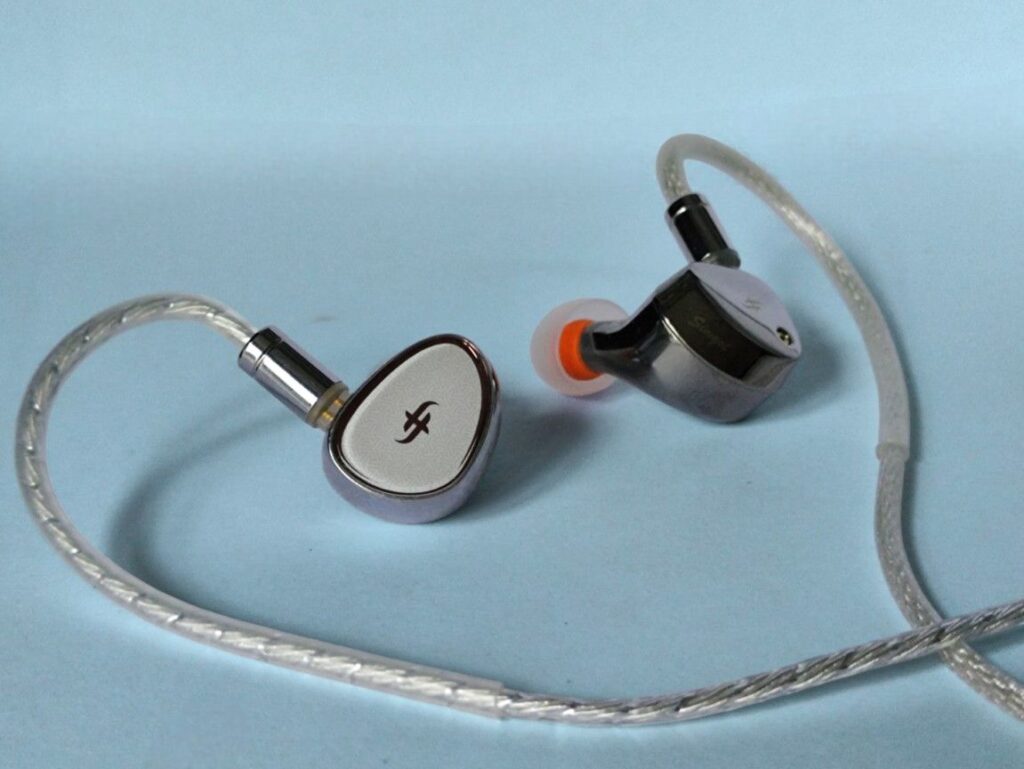
WRAPPING IT UP
Again, I found the two short nozzles to sound very similar to each other, and the two long nozzles to also be very similar, so I naturally group them together.
LONG NOZZLES
Sound Signature
With both pairs of long nozzles the ET142 has a V-shaped sound signature. There’s elevated bass and treble compared to the quite neutral sounding EA1000, which in comparison is much more mid-range centric.
Treble
The treble is cleaner and more nuanced with the ET142, and also more present. The EA1000 is still very good, though.
Midrange
While the ET142 presents a wonderfully detailed midrange, I sometimes find it to have a bit less presence than I prefer, especially when compared to the EA1000—which I find to be very nicely balanced.
Bass
The bass is significantly more powerful with the ET142, but also better defined with impressive texture and detail. The EA1000 is more neutral in quantity and still quite good in terms of quantity.
Soundstage and Imaging
While both have pretty large soundstage, the ET142 has the largest, with better imaging. The stage depth is especially impressive. There’s nothing wrong with the EA1000, but it’s not quite as good.
Detail, Dynamics, and Timbre
When it comes to raw detail retrieval I find the ET142 to be better across the board. Dynamics are comparable between the two. In terms of timbre, the ET142 has excellent timbre on the bass, midrange and highs in isolation, but the tonal balance is not always as balanced as I would like, and I find the EA1000 to sound more natural as a whole in many cases.
SHORT NOZZLES
Sound Signature
With the short nozzles, the ET142’s character changes quite dramatically, becoming much smoother. The bass and treble are both reduced, and the tonal balance now resembles the EA1000, though not exactly. In fact, the tables have turned a bit, with the EA1000 now sounding the brightest of the two.
Treble
The EA1000 has more treble presence, while the detail level between the two is similar. The ET142 feels slightly more dampened.
Midrange
The midrange is quite similar between the two earphones but the EA1000 is slightly crisper.
Bass
The bass is also quite similar between them, both in quantity and quality.
Soundstage and Imaging
The EA1000 has the larger soundstage, while the ET142 feels more intimate. The imaging is quite similar between the two, but the ET142 might be a bit more precise.
Detail, Dynamics, and Timbre
With the short nozzles, the detail level on the ET142 is reduced, bringing the two earphones much closer in perceived technical performance. Their dynamics are still quite comparable. As for timbre, they aren’t identical, but they are much more similar than with the long nozzles on the ET142. I find both to sound quite natural.
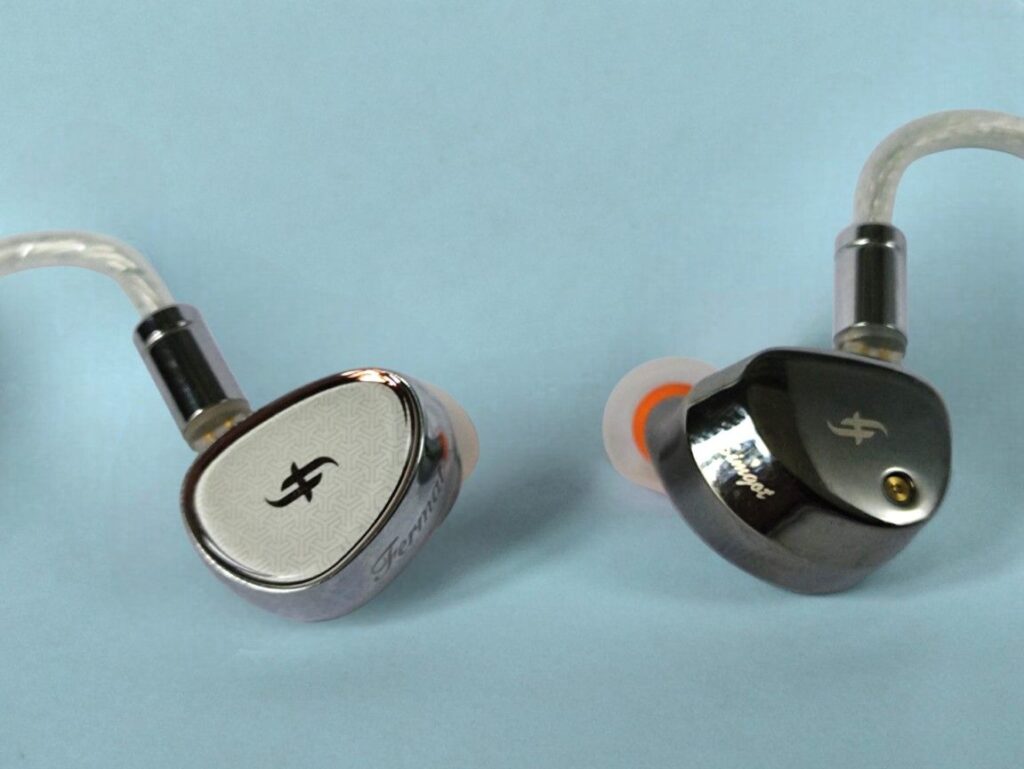
CONCLUSION
With the two pairs of long nozzles, the EA1000 sounds more neutral, while the ET142 has elevated bass and treble. However, the ET142 outperforms the EA1000 in technical aspects like detail retrieval and imaging.
With the two sets of short nozzles on the ET142, its sound signature becomes much more similar to that of the EA1000. The two earphones also align more closely in terms of detail retrieval and imaging, though the EA1000 still sounds more spacious and slightly brighter.
Thanks for reading. You can support us by purchasing anything using any of our affiliate links.
- Linsoul: Simgot ET142
- Linsoul: Simgot EA1000
- Amazon: Simgot EA1000
Any purchase you make on Amazon or Linsoul with any of our affiliate links will give us a small provision at no cost to you.
We only get a provision for items that are not returned, so there’s no incentive for us to recommend something that’s not good.
Linsoul : Headphones, Earbuds, Wireless Earbuds, Desktop DAC/AMP, Portable DAC/AMP, Digital Audio Players,
Amazon: Headphones, IEMs, Headphone Amplifiers, Home Audio or Anything else.
.
If you enjoyed this article or other content on The Headphoneer, you might consider leaving a small donation to keep this website up and running. No donation is too small. Thanks for supporting us!
If you like our work please follow us on Instagram, Facebook and Twitter , it will help us grow. Sharing is caring 🙂


